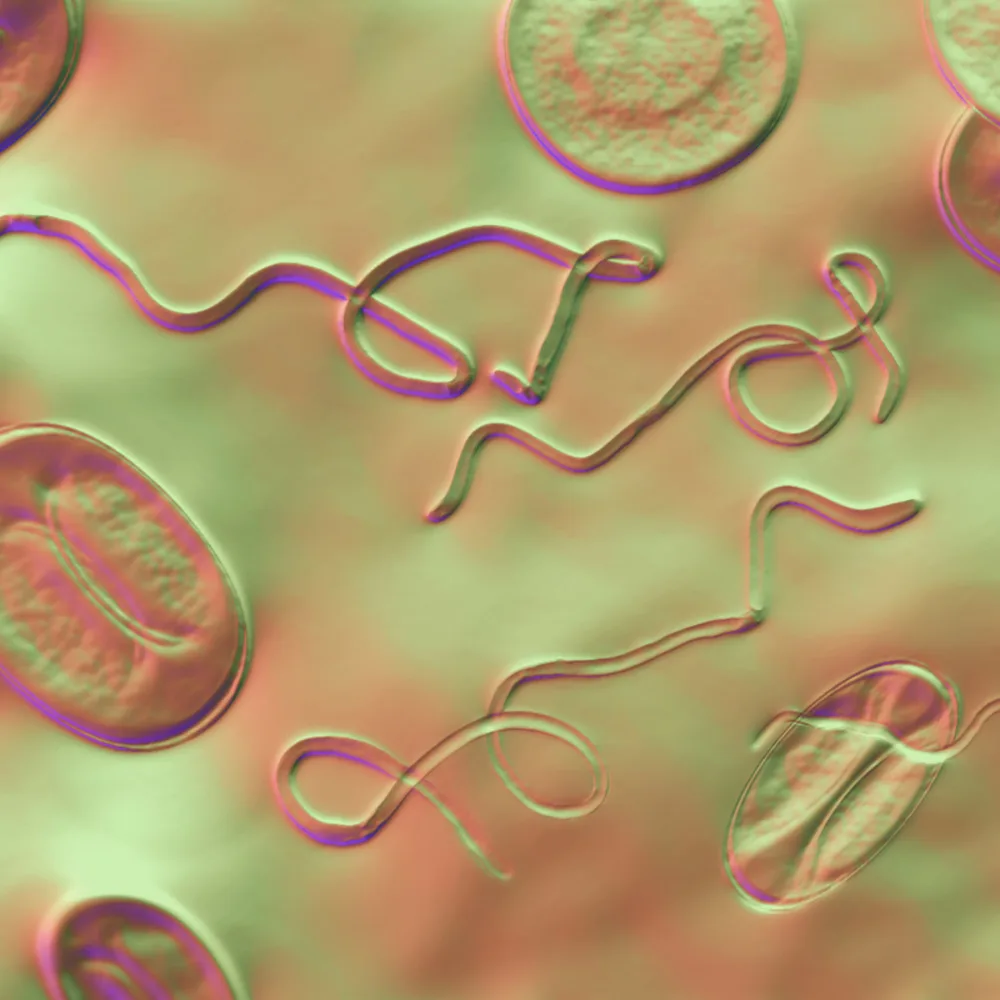Addressing Parasites in Your Clients: Understanding Lyme and Co-infections
Summary of insights from our webinar with Kristy Robinson, BSC Nutrition, IHP, FDN
Parasites are organisms that live off or on a host, feeding on or at the expense of the host. Understanding their types, transmission methods, and relationship with conditions like Lyme disease is crucial for effective clinical practice.
Understanding Parasite Classifications
Protozoa
One-celled organisms that can invade any single cell in the body, causing various systemic symptoms.
Helminths
Multicellular organisms that can live on or inside the body, particularly in the gastrointestinal tract or blood.
Ectoparasites
Live on the surface of the host or feed off the skin, transmitted by ticks, fleas, lice, mites, or other biting insects.
Recognizing Common Symptoms
Parasites can manifest through various symptoms:
Transmission Methods & Risk Factors
How Humans Get Exposed
- Through contaminated food
- Passed from mother to child
- Sexual transmission
- Insect bites
- Through the skin
Factors Increasing Susceptibility
- Age
- Immune system function
- Diet and lifestyle
- Low hydrochloric acid and digestive enzymes
- Gut dysbiosis
Prevention Strategies
Steps to Reduce Exposure
Avoid sushi and undercooked meat
Use quality water filters
Vinegar soak or ozone bath for produce
Use non-toxic bug spray
Maintain good hygiene practices
The Role of Immune System Support
Supporting the immune system is crucial to prevent parasites from infecting the body. When functioning properly, the immune system can kill parasites that enter the body.
Poor gut health due to pathogens and a leaky gut makes the body more susceptible to parasite infection.
The Parasite-Lyme Disease Connection
Understanding Co-infections
There is a significant relationship between parasites and Lyme disease, as co-infections can often occur.
Spotlight: Babesia
Babesia, a Lyme disease co-infection, is an example of an ectoparasite that causes similar symptoms to Lyme disease. It is transmitted by the same tick that carries Lyme disease and can be challenging to diagnose and treat.
Key Clinical Takeaways
Being aware of the types of parasites, their symptoms, and transmission methods, and taking steps to reduce exposure can help protect against parasite infection. Supporting the immune system and maintaining good gut health are crucial for prevention. Understanding the relationship between parasites and Lyme disease can help in diagnosing and treating co-infections effectively.
DesBio empowers practitioners and their patients through targeted supplements and homeopathic remedies. DesBio is more than just a product company, we are a partner in your practice. Our practitioners have direct access to consults with our team of medical educators. Our training and educational programs focus on diagnostic strategies, clinical how-to’s, case studies, and troubleshooting tips to help you manage the increasingly complex needs of your patient base.
Join Our Practitioner Community
If you are a healthcare practitioner, expand your knowledge and join our DesBio practitioner community today.


